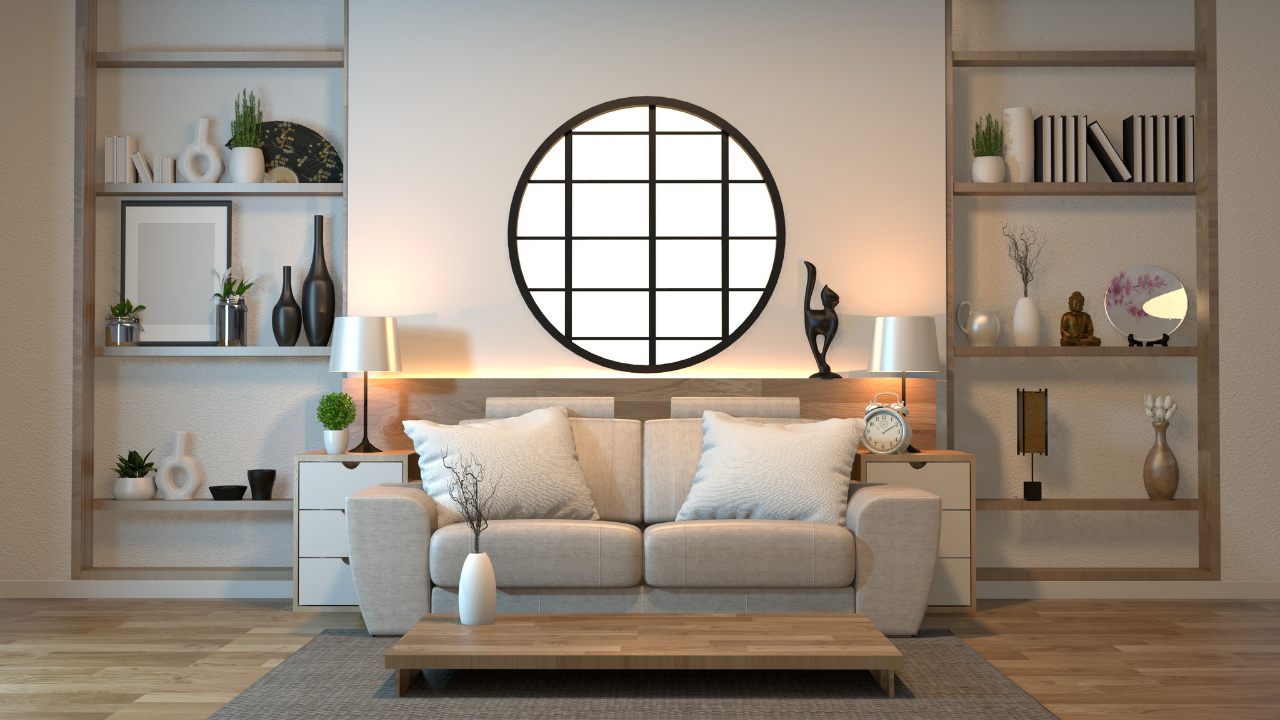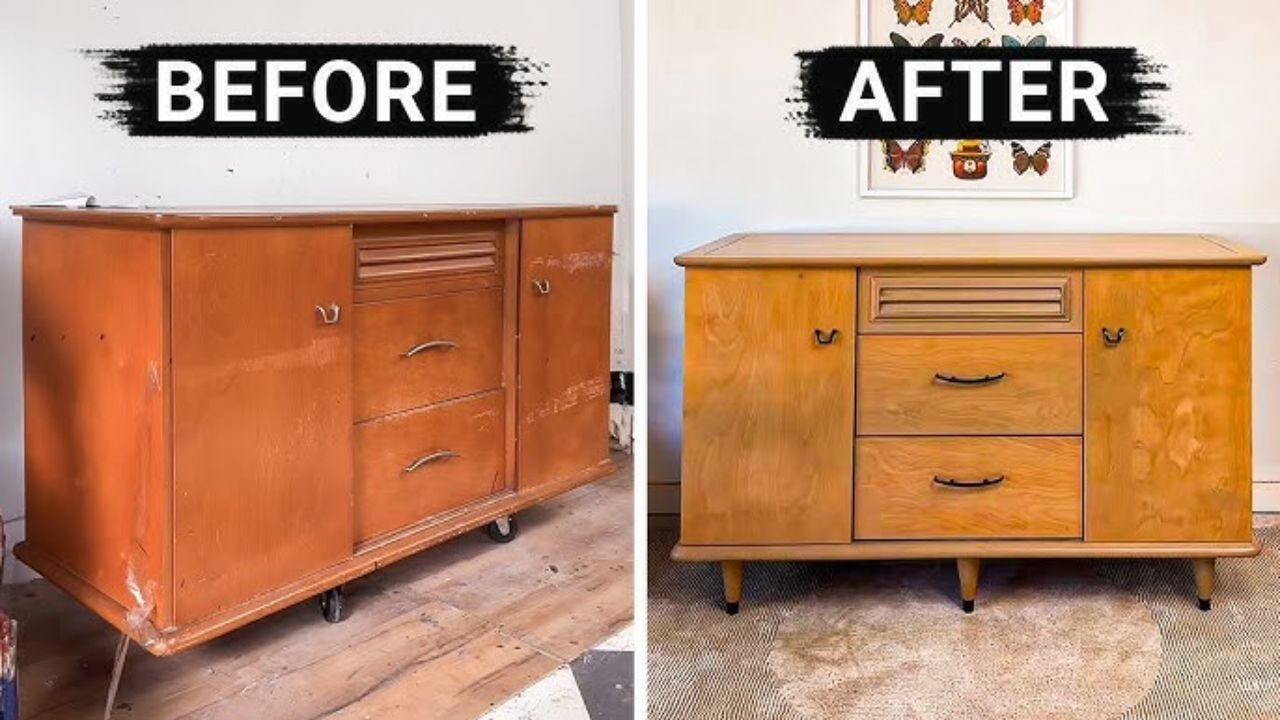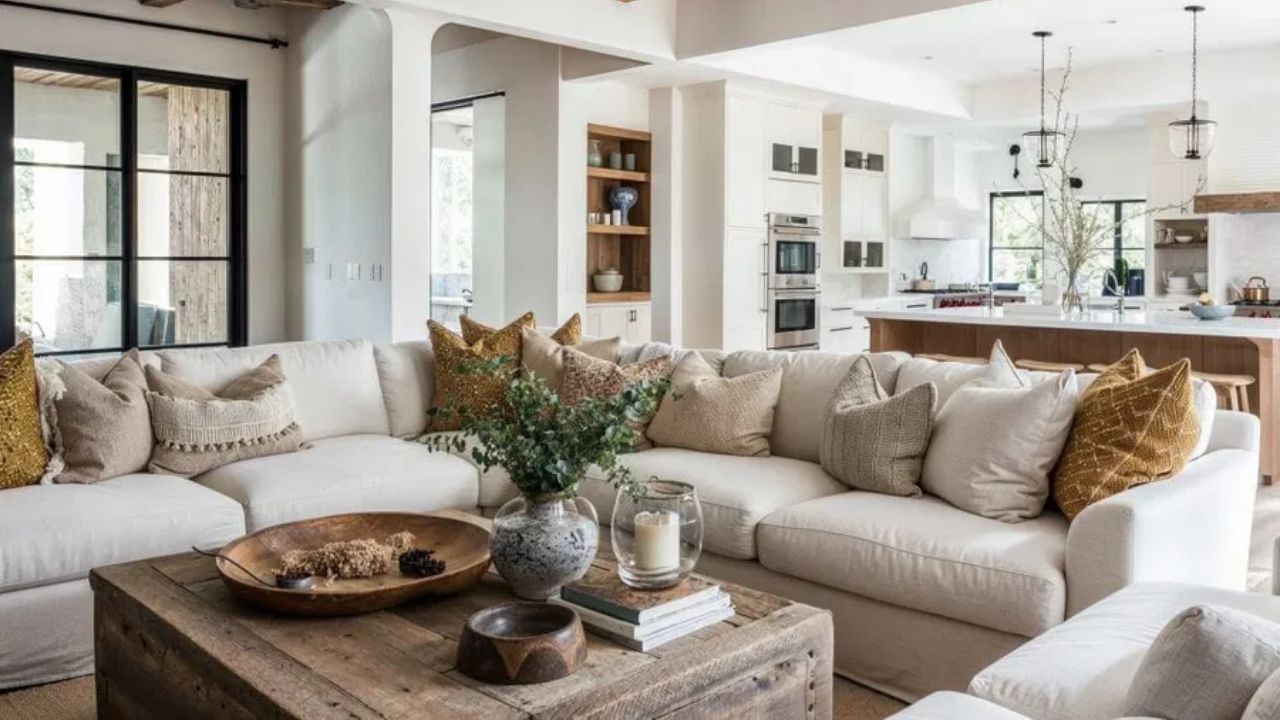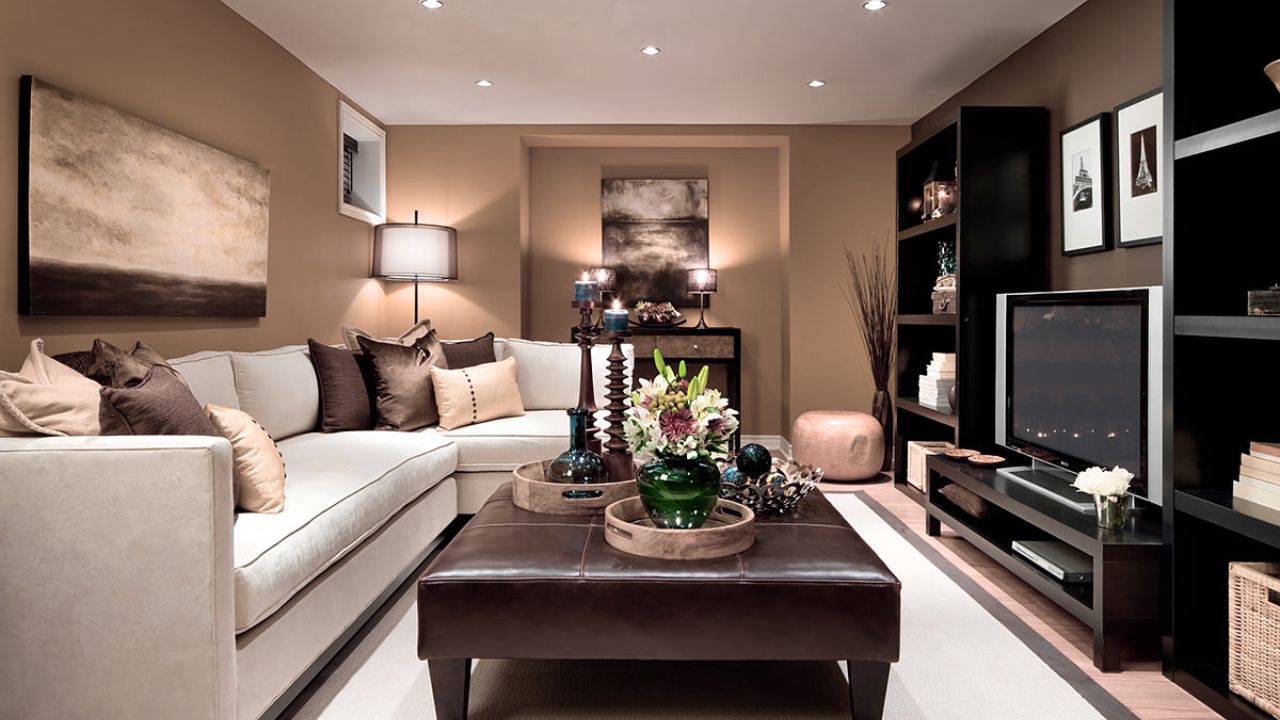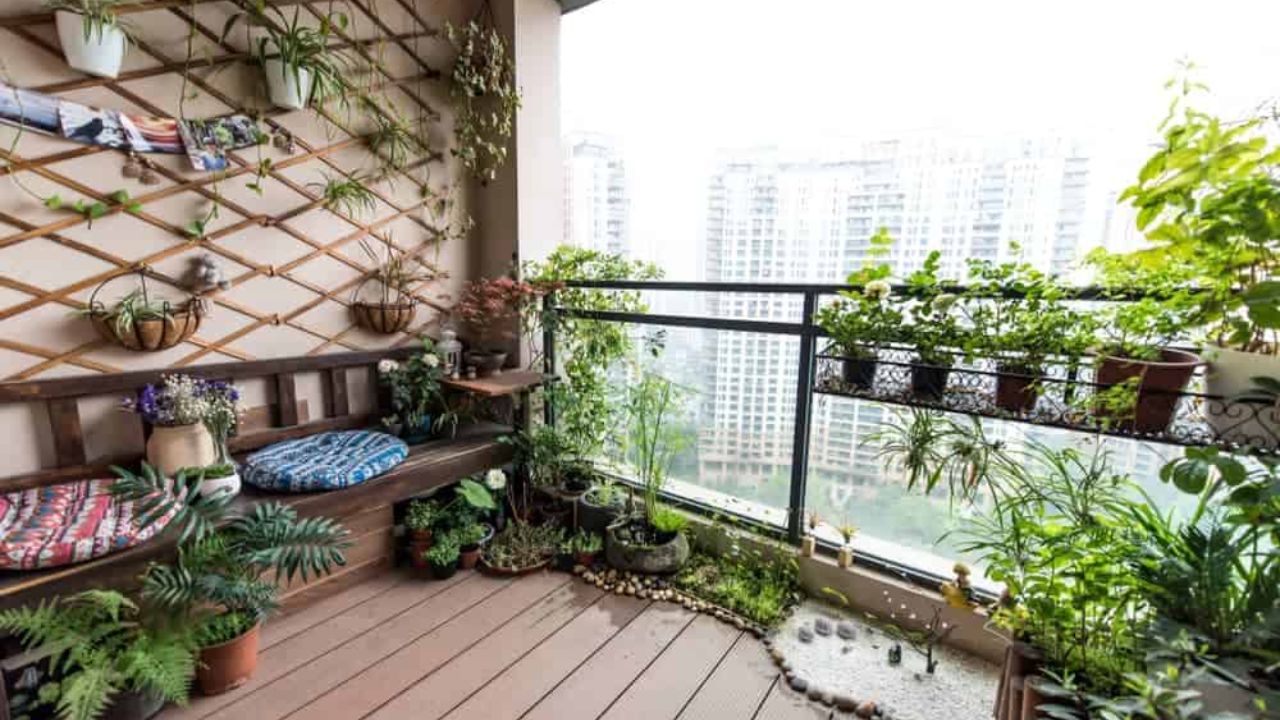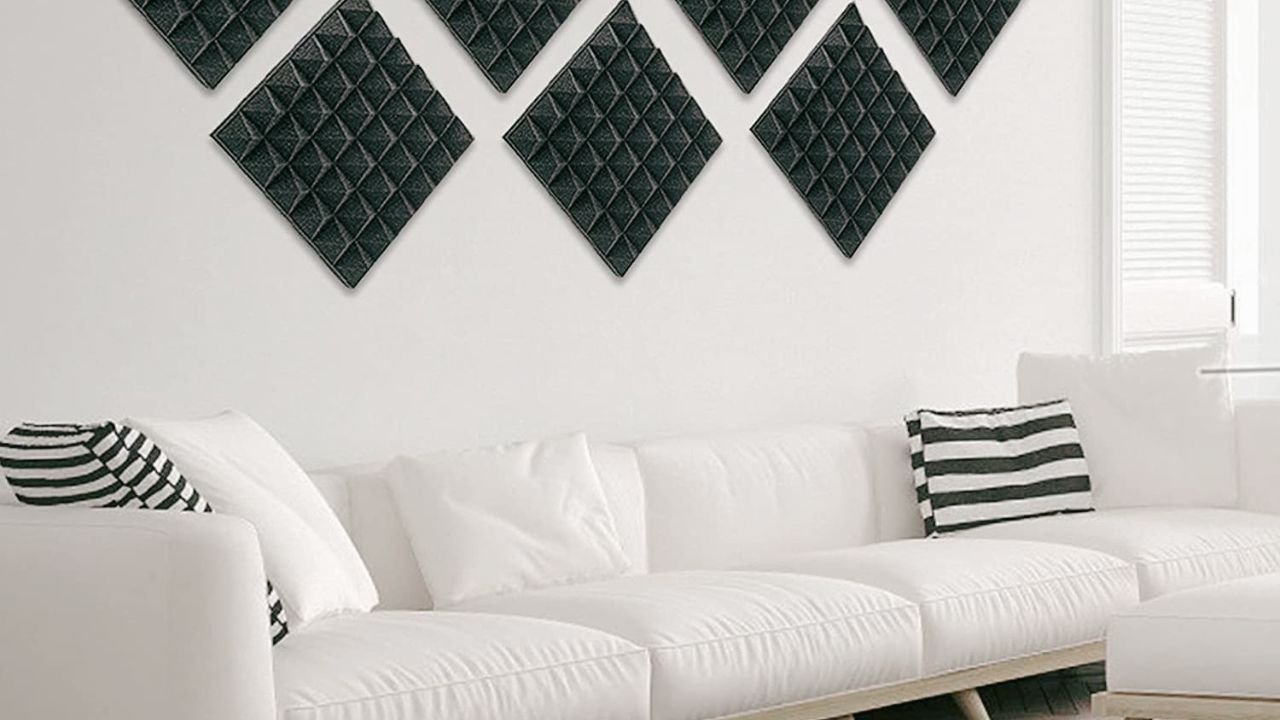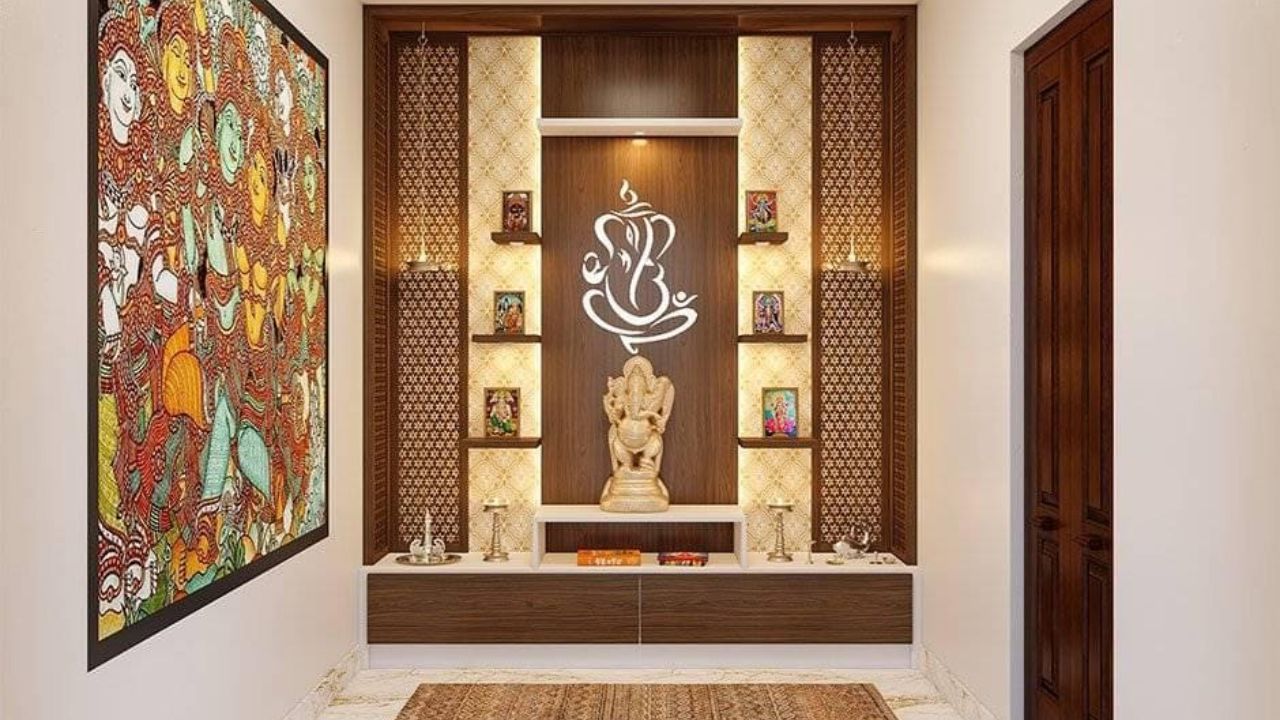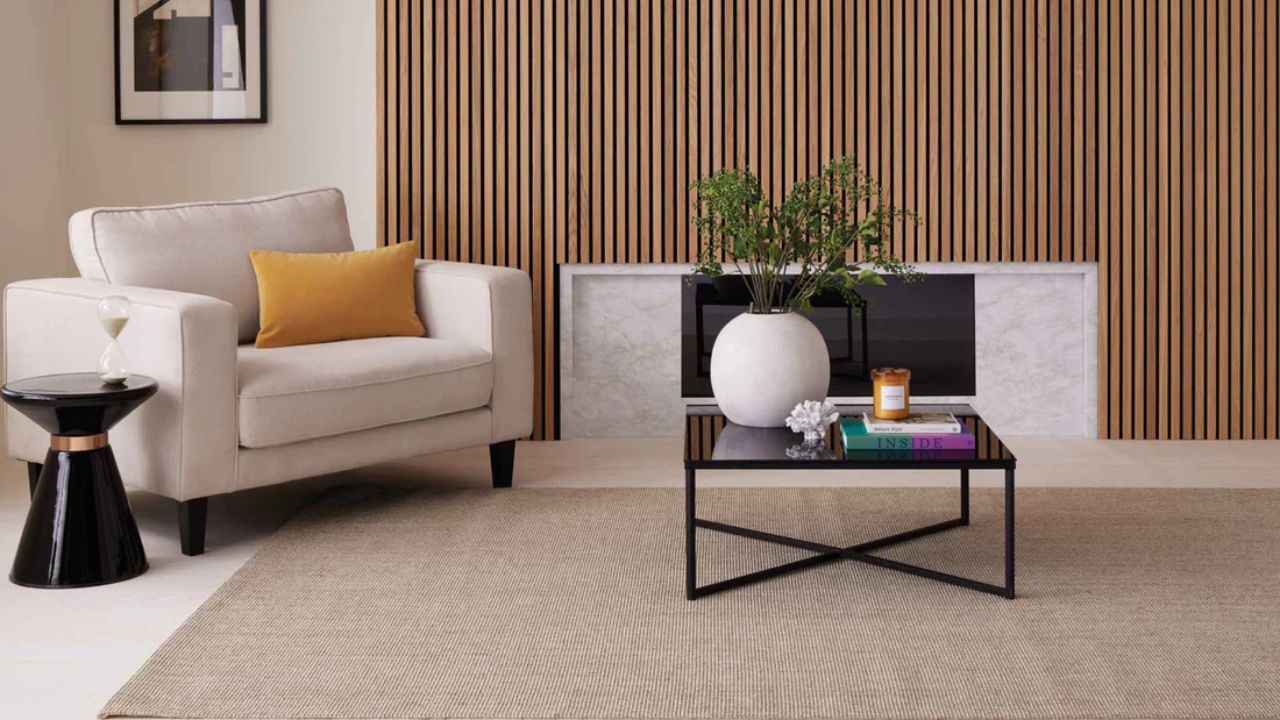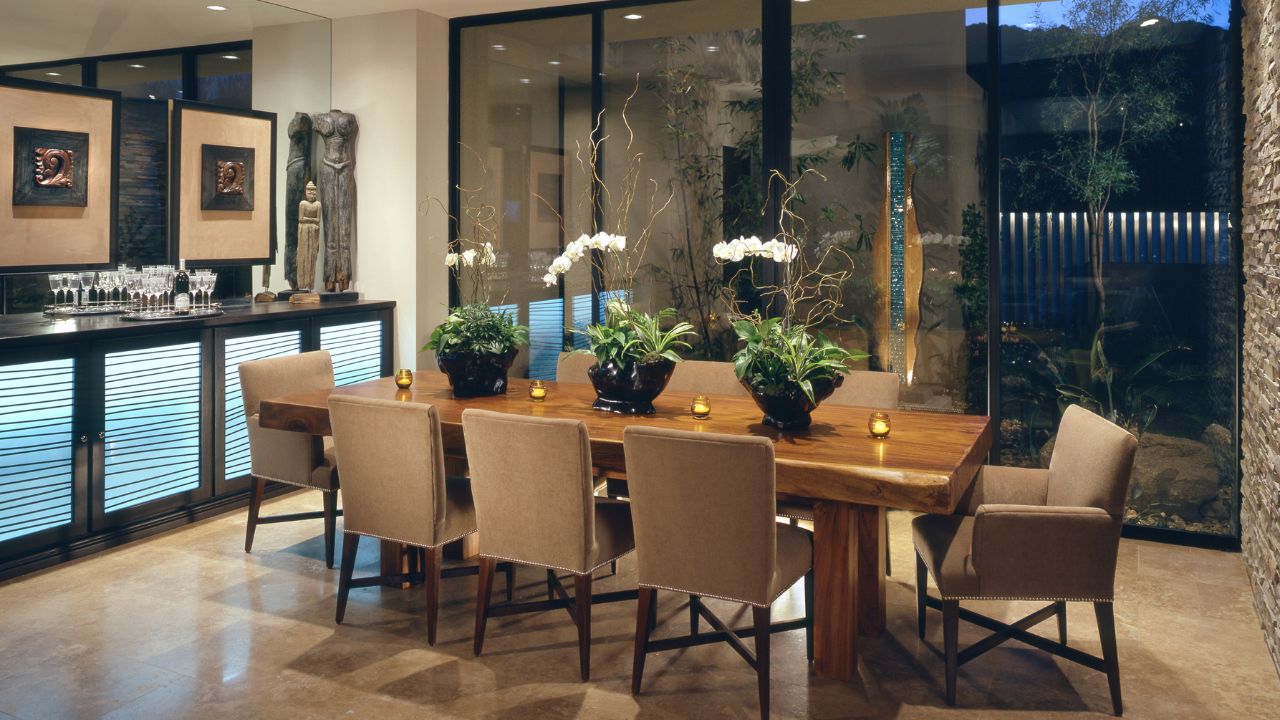Simplicity in Interior Design
Our homes are now more than just places to live. In fact, they have become quiet spots where we find peace. As a result, more people are loving minimalist interior design. The clean lines and open spaces help us think clearly. Less stuff means less stress. More people are finding that simple rooms bring peace. The idea that "less is more" keeps growing in new ways. Traditional modern minimal techniques implement bold ideas to maintain their basic functionality.
The Evolution of Minimalist Interior Design
Minimalism is not new. First, it started after World War II when people had too much stuff. However, today's minimalist interior design has grown a lot. It's not just white rooms with no stuff. Instead, modern minimalism adds warmth while cutting out clutter.
The main idea is still the same: have a reason for each thing. Every item must be useful or make you happy. Because of this, spaces feel free and cozy. Many people now use this style to create calm homes.
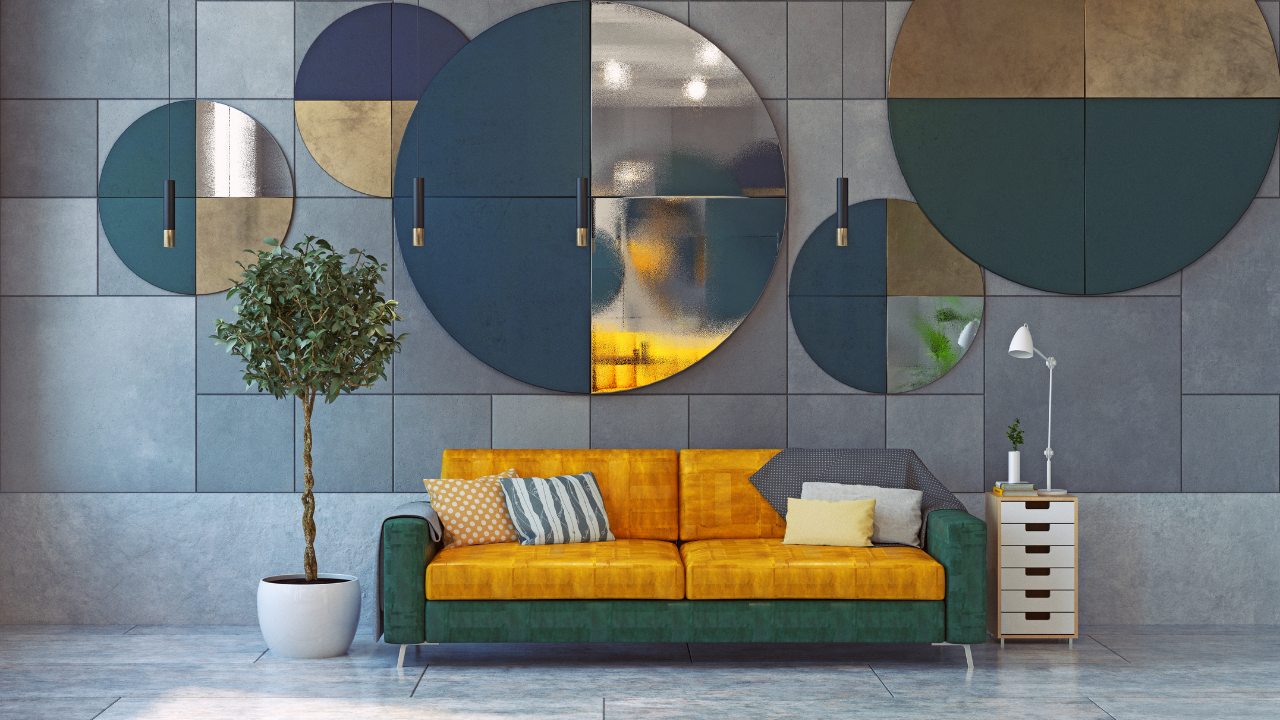
Bold Color Choices in Minimalist Spaces
Minimalism doesn't mean no color. In contrast, bold colors are now big in minimalist interior design. Deep blues, greens, and reds are now part of simple spaces.
The trick is to use color in smart ways. For example, a bright wall or bold couch can be the star of a room. Meanwhile, keep the rest plain and clean. This adds fun without being too much.
Using one color in many shades is also popular. For instance, think of a dark gray couch with light gray walls. Additionally, mix in soft things with rough things to add depth.
Functional Furniture With Character
Plain boxes are out in minimalist homes. Instead, today's interior design trends favor pieces with style and use. Multi-use furniture is now a must for small spaces.
Storage seats, fold-out tables, and mix-match sofas work well in small rooms. These pieces let rooms change based on your needs. Also, new furniture has clean lines with natural looks.
Wood, stone, and metal add warmth and feel. These things connect us to nature while staying simple. As a result, rooms feel both clean and homey.

Intentional Technological Integration
Modern interior design knows we need tech. Yet, minimalist spaces try to hide tech mess. Smart home tools now blend with simple style.
Hidden charging spots, wall tech, and smart furniture are now common. These keep rooms clean while being useful. Moreover, many people are also cutting back on screen time along with stuff.
This means making spots for tech use while having some tech-free zones too. Consequently, homes become more mindful places.
Biophilic Elements in Minimalist Spaces
A fresh trend in minimalist interior design is adding nature. Nature-based design fits well in clean spaces. This creates rooms that feel alive and calm.
Well-placed plants, sunlight, and natural things create this link. Even in the most clean spaces, bits of nature help your eyes rest. Furthermore, studies show that natural items help our health and work.
Big windows that show outside views become living art in simple rooms. These views make small spaces feel bigger and give changing things to see.
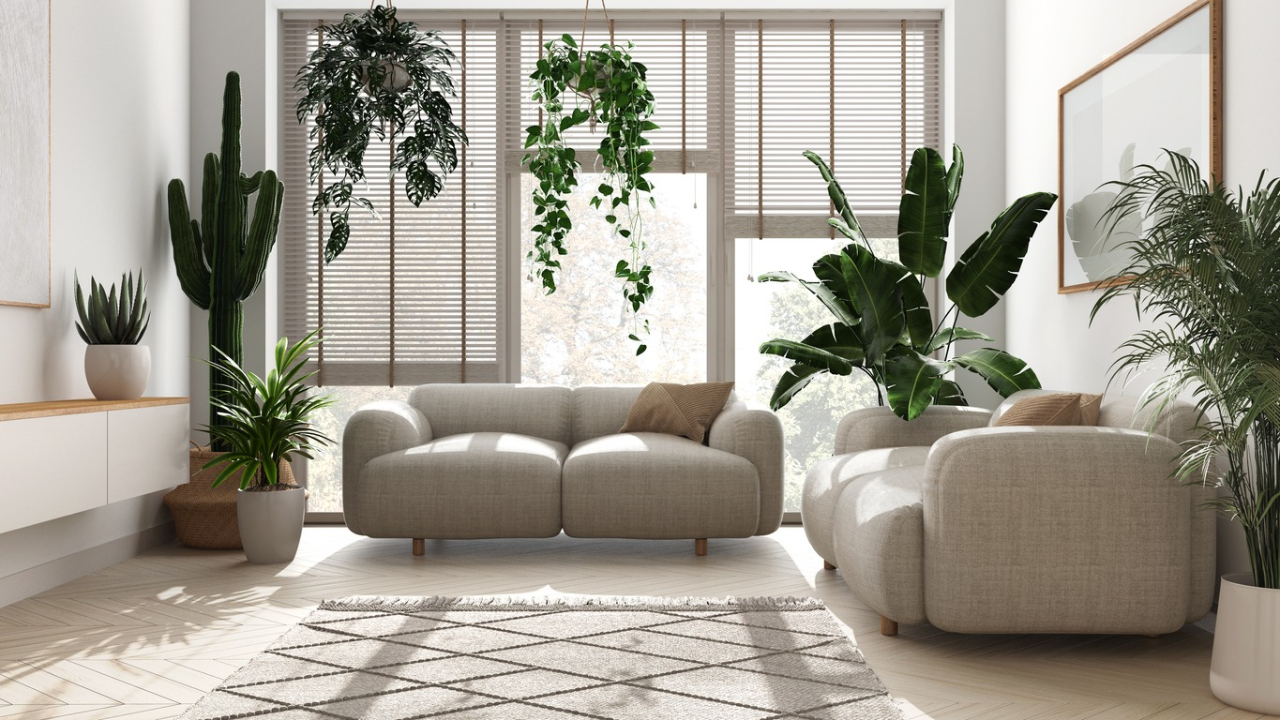
The Philosophy Behind the Aesthetic
What makes minimalist interior design last is its core ideas. It's not just about looks but about living with purpose. Each item shows careful choices.
This style cuts waste while lifting quality over amount. Also, simple spaces change easily when needs shift. By buying fewer, better items, homes can grow and change well.
The minimalist movement also questions how we shop. It asks what truly adds value to our lives. Therefore, minimalist interior design becomes a mindful habit shown through our spaces.
Final Thoughts
Minimalist interior design keeps growing in fresh ways. It makes bold choices while keeping its core ideas of purpose and simplicity. By focusing on quality not quantity, this style makes spaces that feel both new and timeless.
Whether you want to renovate your whole home or make small steps toward minimalism, the perks go beyond looks. In conclusion, cleaner spaces often lead to clearer thinking. In today's busy world, that might be the boldest trend of all.

